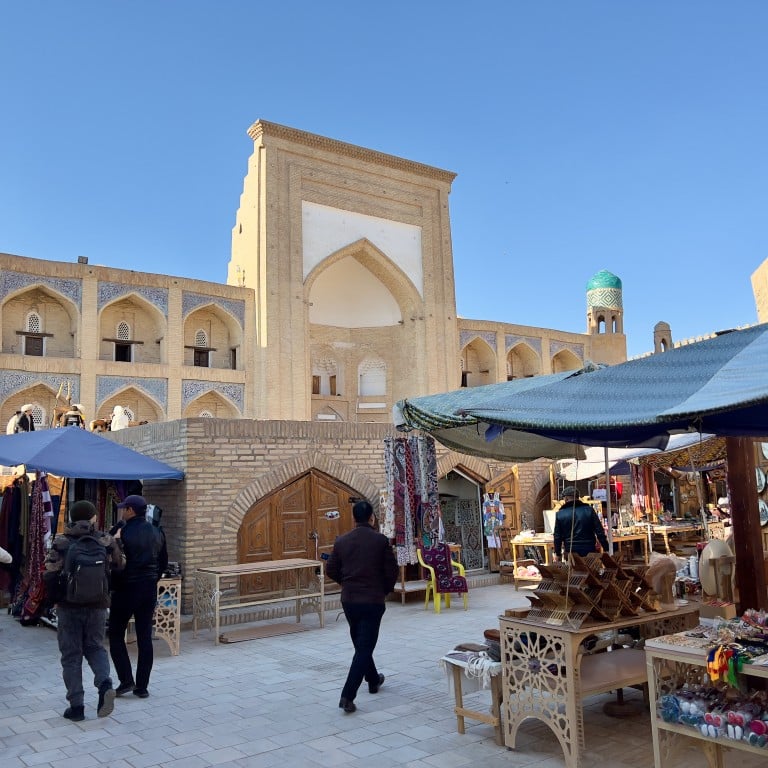
Samarkand, Bukhara, Khiva – Uzbekistan’s ancient cities reveal the best of the heritage-rich country in Central Asia
- Samarkand, Bukhara and Khiva are strung out along the edge of the vast Kyzylkum Desert like beads on a priceless, antique necklace
- A rapid rail service links cities characterised by marvellous mosques, madrasas and minarets
The Ark, a mud-brick fortress of mostly 16th century construction that towers over Bukhara, in Uzbekistan, is now a museum with displays devoted to the once independent city state’s history.
These include a portrait of one Lieutenant-Colonel Charles Stoddart, who arrived as an envoy from the British Empire to the Emir of Bukhara in 1838.
From the 16th to the 20th centuries, a sign explains, “Bukhara khanate received many travellers, scholars and diplomats from the foreign countries”.
It neglects to mention that Stoddart spent several years in a six-metre-deep (20-foot) hole known as the Bug Pit, with rats, snakes and scorpions for cellmates, before the emir beheaded him alongside another British officer, Captain Arthur Conolly, who had come to negotiate Stoddart’s release.
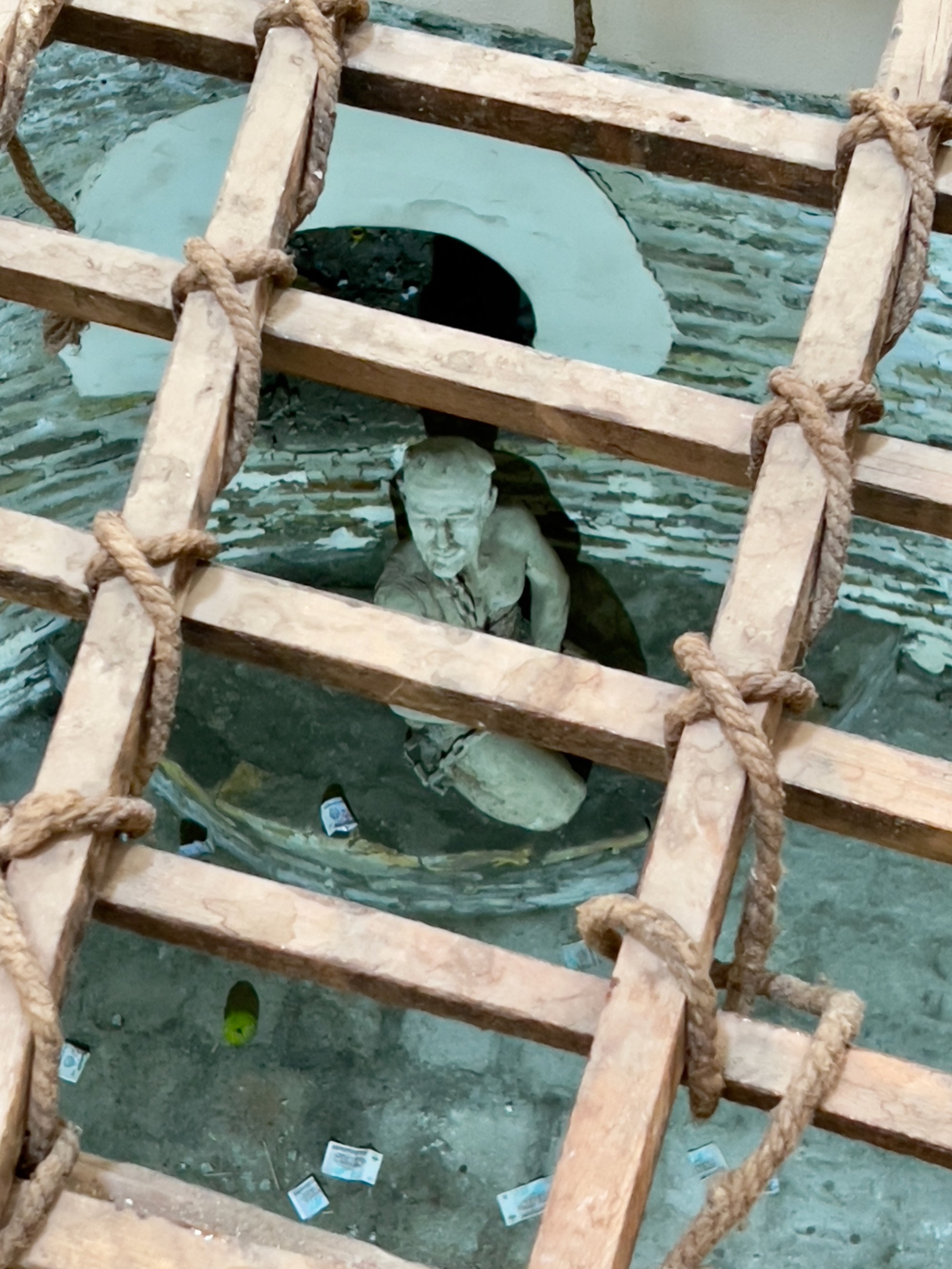
Bukhara, like the rest of Uzbekistan, is now rather more welcoming to visitors and offers accommodation that is significantly more comfy.
A rapid rail service links historic cities with dizzyingly decorated mosques, madrasas (Islamic religious schools) and minarets, strung out along the edge of the vast Kyzylkum Desert like beads on a necklace.
He collected the Soviet art Stalin hated, and now the world wants to see it
There’s evidence everywhere not only of the 19th century “Great Game” tussle for influence between expanding Russian and British empires, of which Stoddart was a part, but of past wealth from Silk Route trade between neighbouring empires.
Samarkand is only two hours southwest of the modern Uzbek capital of Tashkent by 210km/h (130mph) train, the great tiled frontages of the madrasas on three sides of its Registan Square now perhaps the most commonly seen image of the country.
Despite a history of invasion and destruction by anyone in riding distance, including Macedonian Alexander the Great in 329BC; Arab Qutayba ibn Muslim, who brought Islam at the point of a sword in the 8th century; and Mongol Genghis Khan in 1220, Samarkand always managed to revive itself.
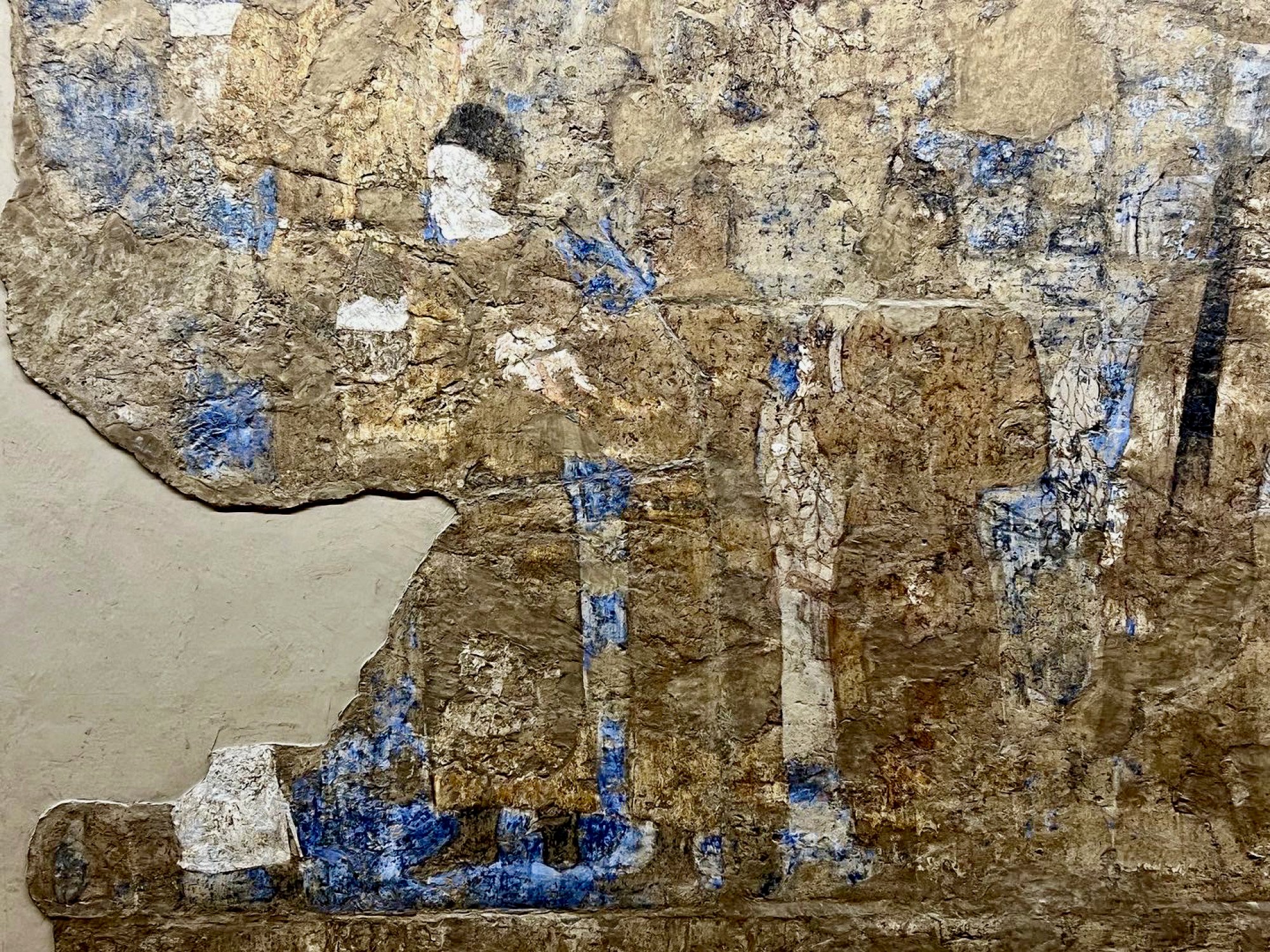
In 1370, it became the capital of Timur’s great Mongol empire, one of the largest in history. The city became rich on the spoils of war and not just Silk Route trade.
The intricate patterns on the 15-metre-high, tile-covered entrances to the three madrasa complexes offer much to surprise, and reward lengthy examination.
At the 15th century Ulugh Beg Madrasa, on the left and named for the astronomer-khan who built it, stars depicted in the tilework above the main arch hint at the fact the building was not religious but dedicated to mathematics and science.
Inside, cells on two storeys surrounding a courtyard housed students who studied the heavens.

And the tiling on the 17th century Sher-Dor Madrasa opposite, with its twin ribbed domes like exotic fruit, contains images of sun gods, deer and tiger-like large cats, in defiance of Islamic law.
Almost all of Uzbekistan’s historical monuments are filled with souvenir shops, which can sometimes make peaceful viewing difficult, but the central Tilla-Kari (“gold-covered”) Madrasa here is one that must be entered to view the interior of the dome above its mosque.
The decoration of the restored 17th century blue-and-gilt cupola is of staggering complexity, the patterns flowing down the walls and arches on all sides, managing to say both “wealth” and “piety” at the same time.
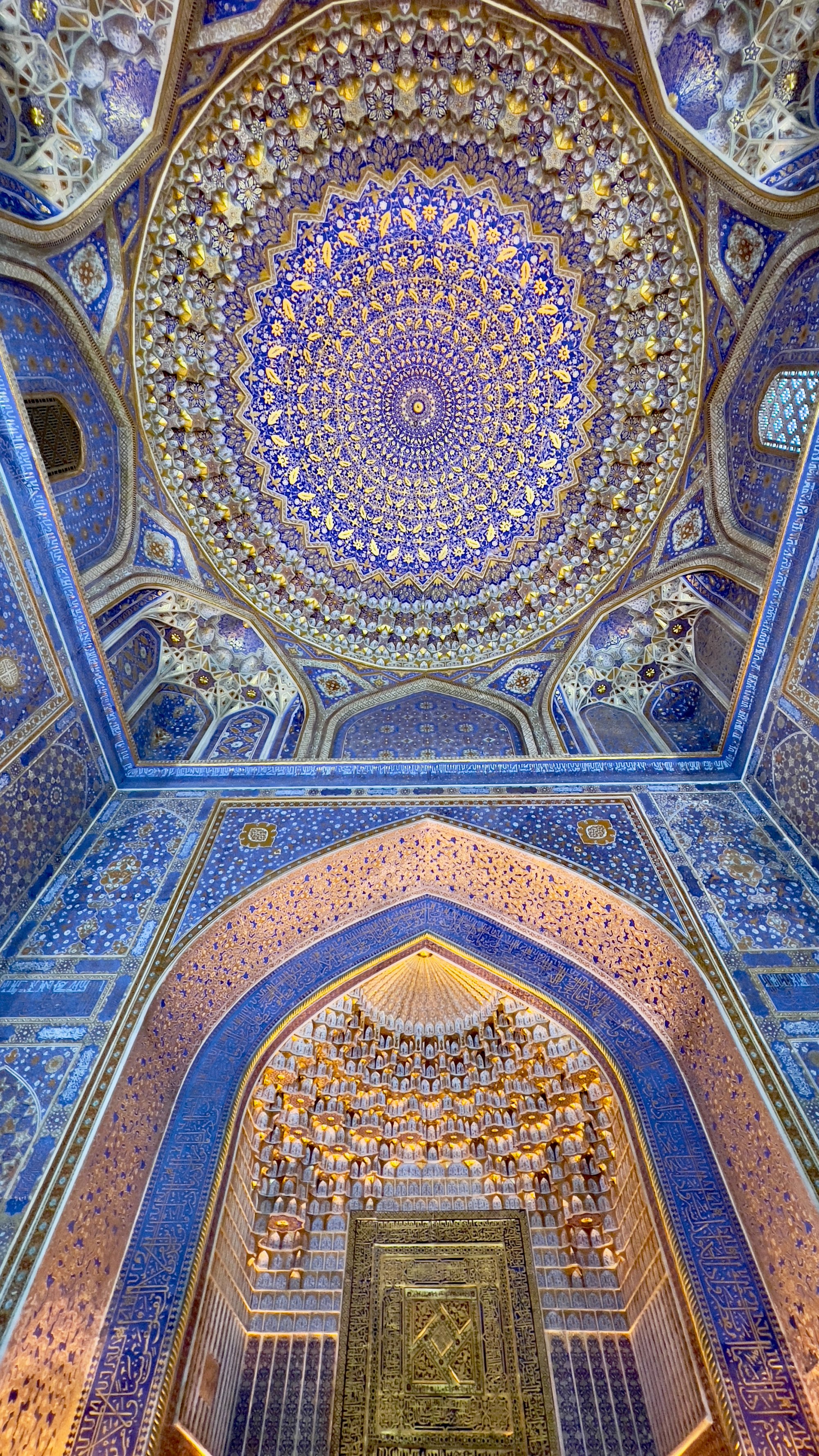
The Russians would conquer Samarkand in 1868, building a grid of new streets over the previous plan, with more destruction by the Bolsheviks after 1917.
But there’s much else to see a short distance outside the city, including the Shah-i-Zinda, a complex of mausolea straggling up a low hill like a village of the dead, dating from the 14th century onwards.
Some tombs are as elaborately decorated as the more famous madrasas, and house the remains of everyone from an Islamic missionary cousin of the Prophet Mohammed to Timur’s wet nurse.
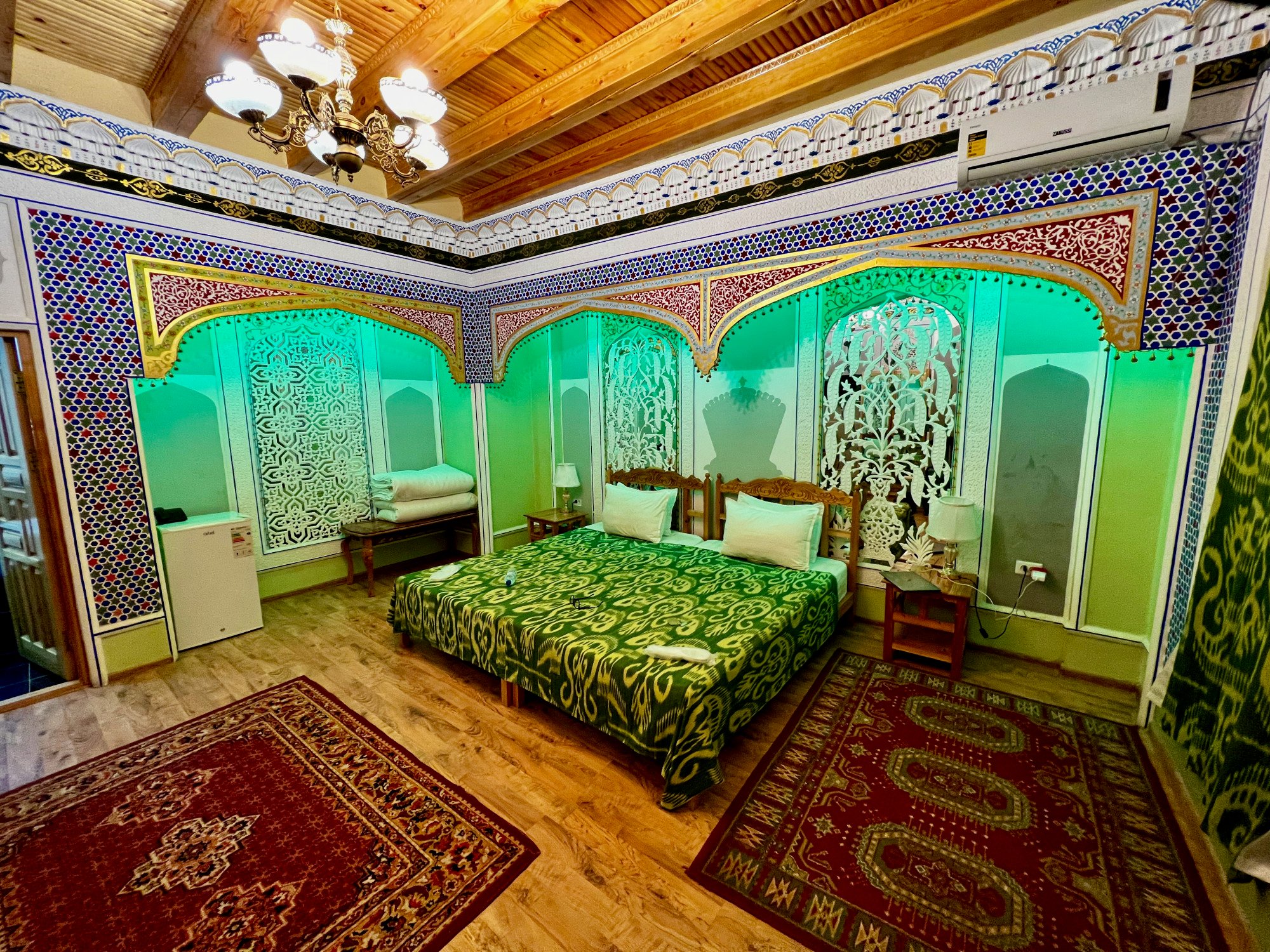
The nearby Afrasiab Museum displays discoveries from excavations of an earlier version of Samarkand, including much that demonstrates Silk Route importance.
Most impressive is the series of 7th century murals mounted in a room built to match that in which they were discovered nearby in 1965. Ambassadors of neighbouring states and their retinues are shown delivering gifts, and these include envoys from China with silk in cocoons, hanks and rolls.
On one panel, Tang empress Wu Zetian (AD624-705) participates in the Dragon Boat Festival and the Gaozong emperor (reigned AD649-683) hunts panthers. (The murals are currently on display in Paris as part of the Louvre’s “The Splendours of Uzbekistan’s Oases” exhibition, until March 6.)
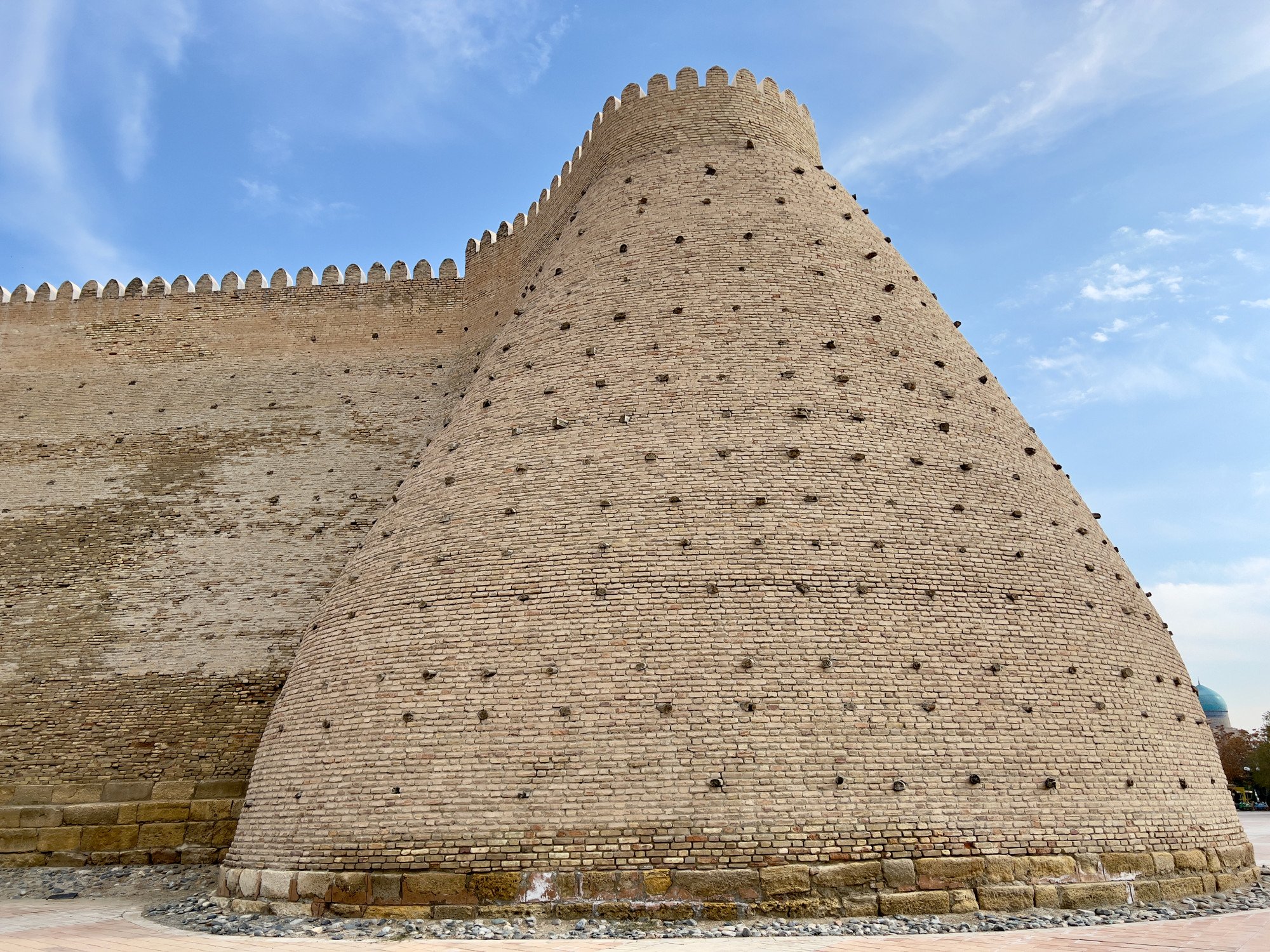
Bukhara, three hours further southwest by train, resisted Soviet integration after 1917 but was bombed and bulldozed into capitulation.
The Ark is still undergoing restoration, but a passage leading steeply up from the main square to a mosque, mint and the main courtyard with the emir’s throne, is lined with ancient weaponry, photographs of Bukhara before the Russian invasion and Silk Route Chinese porcelain.
Perhaps most interesting is the zindan, or prison, with its three cells for debtors and minor criminals, and the Bug Pit, temporarily home to both Stoddart and Conolly. A mournful waxwork of a figure in chains is now its only occupant, visible through the grating in its roof, which provided the only point of access.
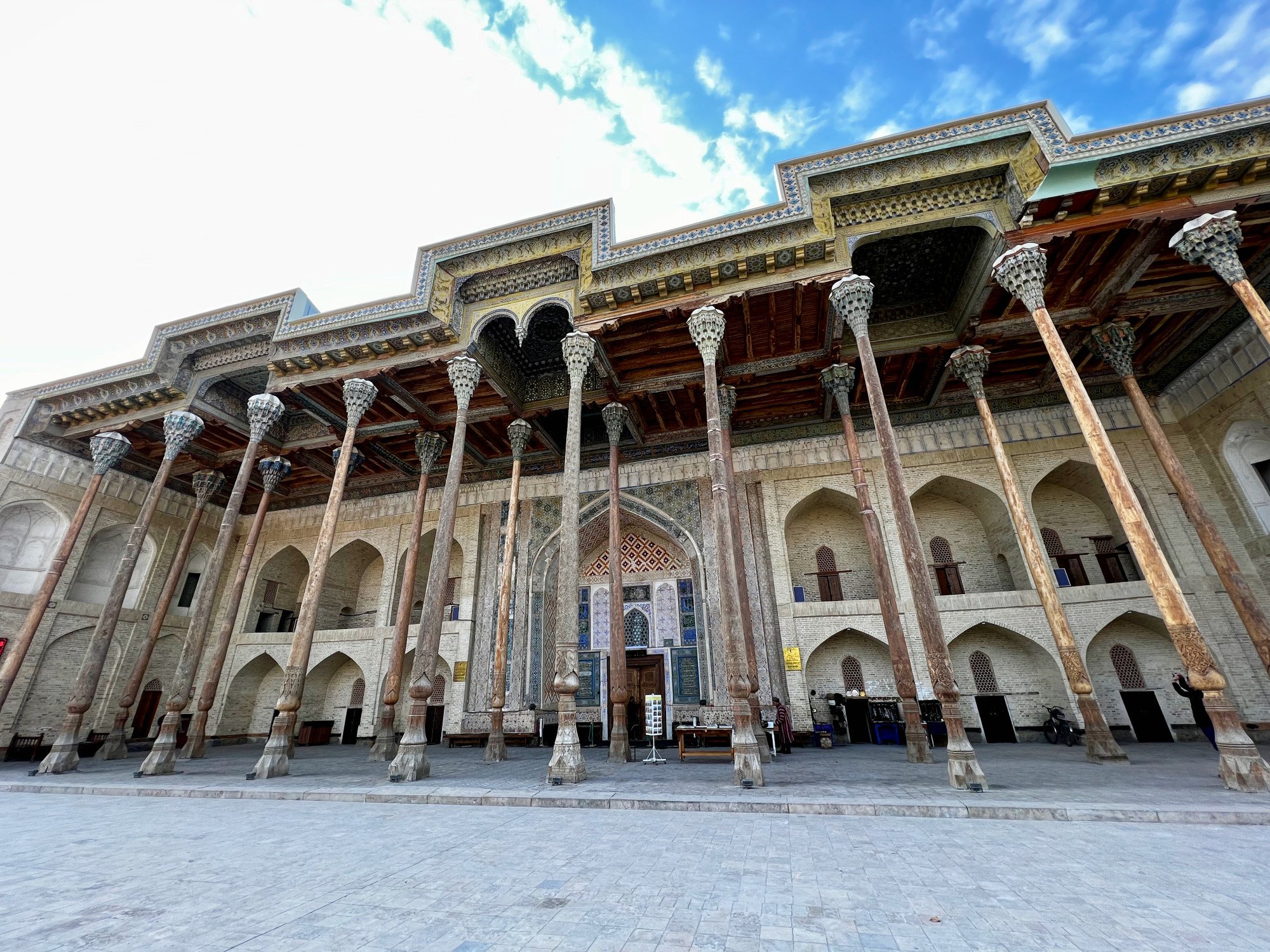
There are historic buildings at every turn around the old town, and some excellent conversions of ancient housing into comfortable guest houses.
But the star is the Great Minaret of 1127, its brick laid in intricate patterns, which may have been the tallest free-standing building in the world at the time, so impressive that even early tourist Genghis Khan left it alone while he razed everything around it. Some rulers would execute prisoners by tossing them from the top.
The neighbouring 16th century Kalyon Mosque, whose giant blue dome is equally a symbol of the city, is big enough to hold 10,000 worshippers. Its frontage may not be quite as grand as those of Samarkand’s Registan Square, but it sits opposite the equally important Mir-i-Arab Madrasa, which continues to turn out imams.
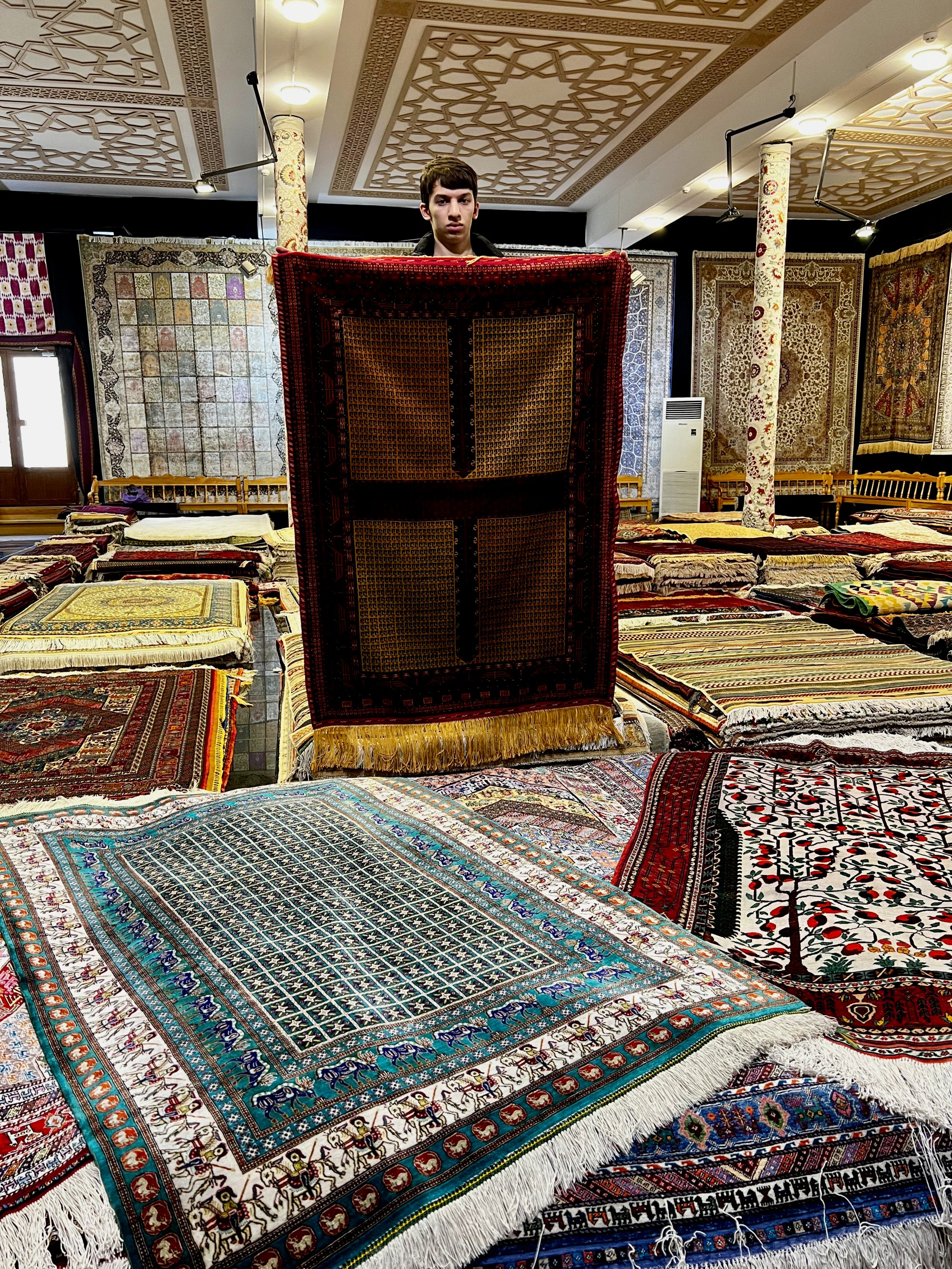
Bukhara is famous for carpets, although its history of producing them is modern and still limited. It was rather an entrepot for those produced in Turkmenistan, Afghanistan and further afield.
Large sellers such as Bukhara Silk Carpets, close to the minaret, have substantial displays and slick presentations, explaining knotting, materials and designs. But much profit depends on those who haven’t done their research before leaving home, and who purchase carpets at non-magical prices, making proper bargaining difficult for others.
You may find yourself doing better in Samarkand, buying a Bukhara pattern that actually originated in Turkmenistan and may have been made in Afghanistan. The Silk Routes served the exchange of ideas, not only goods.
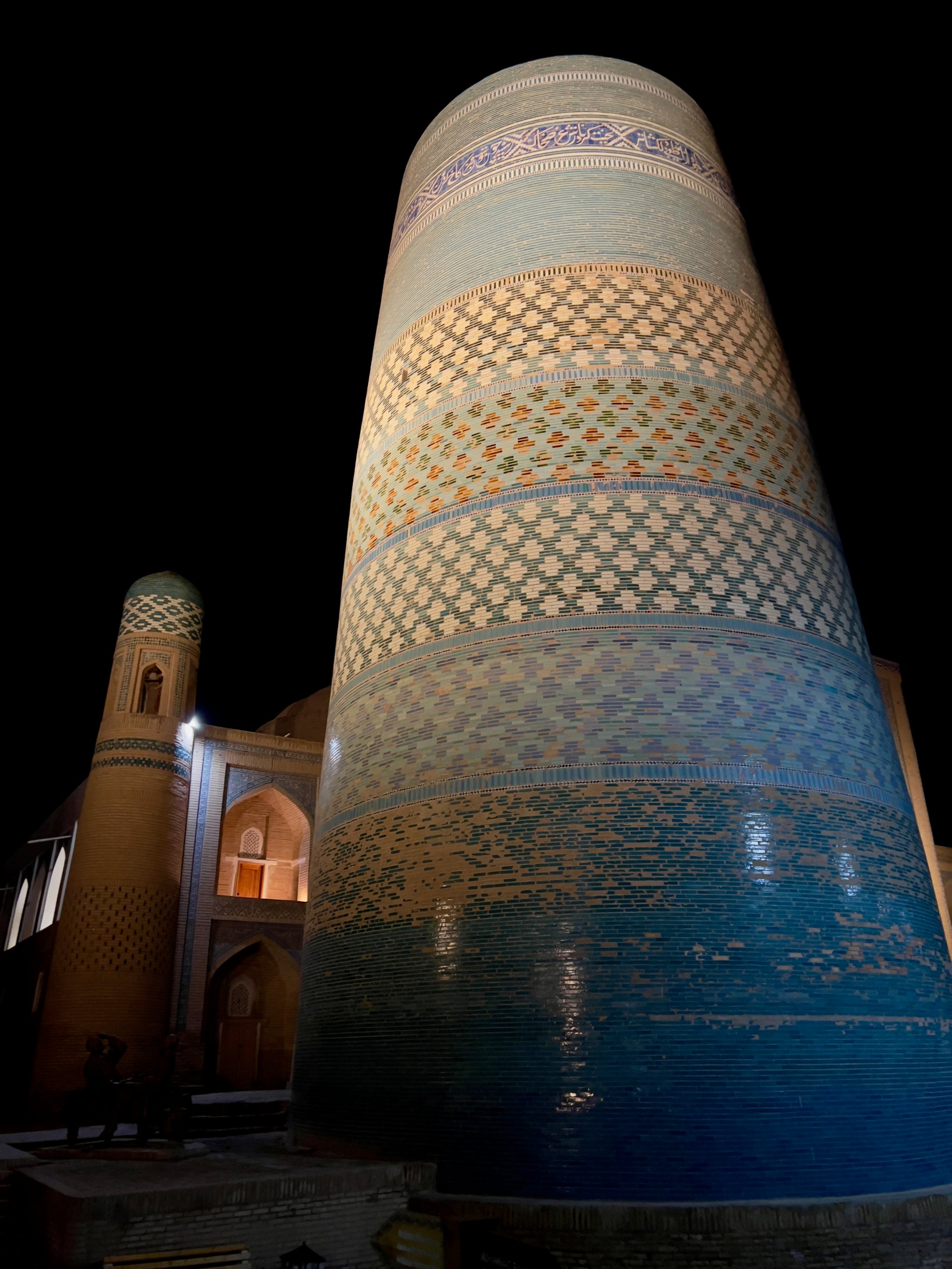
It’s a comfortable seven-hour trundle further west to Khiva, where a palatial new railway station, which sees only two trains a day, stands at the head of a boulevard lined with brand new old-fashioned buildings leading to the Ichon Qala – the old city proper.
This is a 2,500-year-old, conveniently compact, largely car-free warren of ancient housing, mosques, museums, 14 minarets, and more, within towering city walls. The atmosphere of several centuries ago somehow survived Soviet planners.
Entrance to 15 sites is included in a single ticket, although it is sometimes necessary to distract the attendants at the gates from their knitting to obtain one. There’s so much to see that it’s not really necessary to have a plan, and wandering the streets is anyway a pleasure in itself.
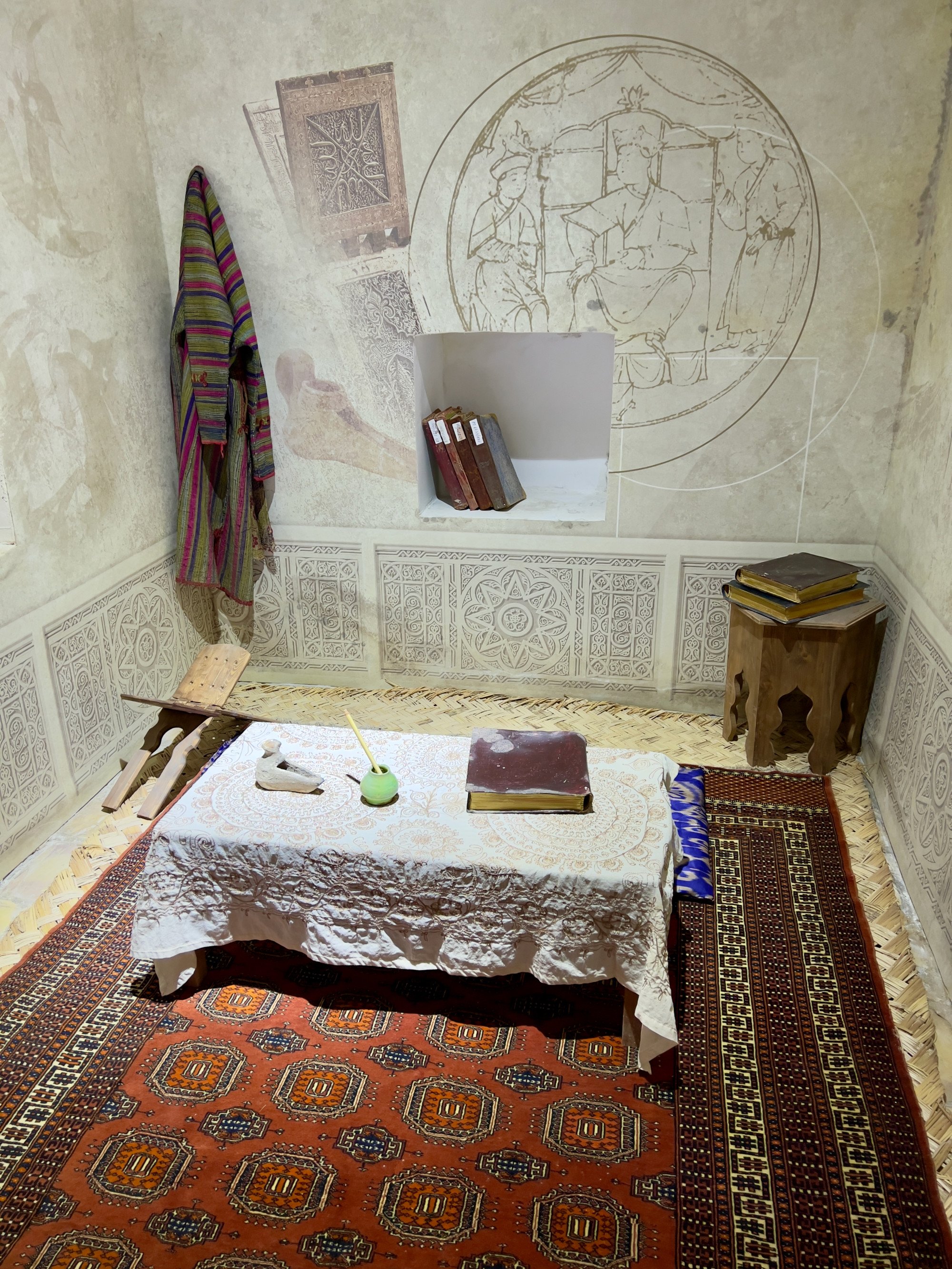
Highlights include a visit to the Tash Khauli Palace’s harem, with its rooms for official wives and concubines, and the bedroom of the khans themselves, so noisily decorated that it seems sleep would have been unlikely even if attempted alone.
The Juma Mosque is an atypically austere space – a forest of slender tapering wooden pillars, all intricately carved and seated on ornate stone bases, the light from the occasional skylight shafting between them to reveal on closer examination that they come in great variety.
British MP George Curzon, eager to gain first-hand knowledge of a region then acting as a buffer between the Russian and British empires, travelled along the newly opened railway line in 1888.
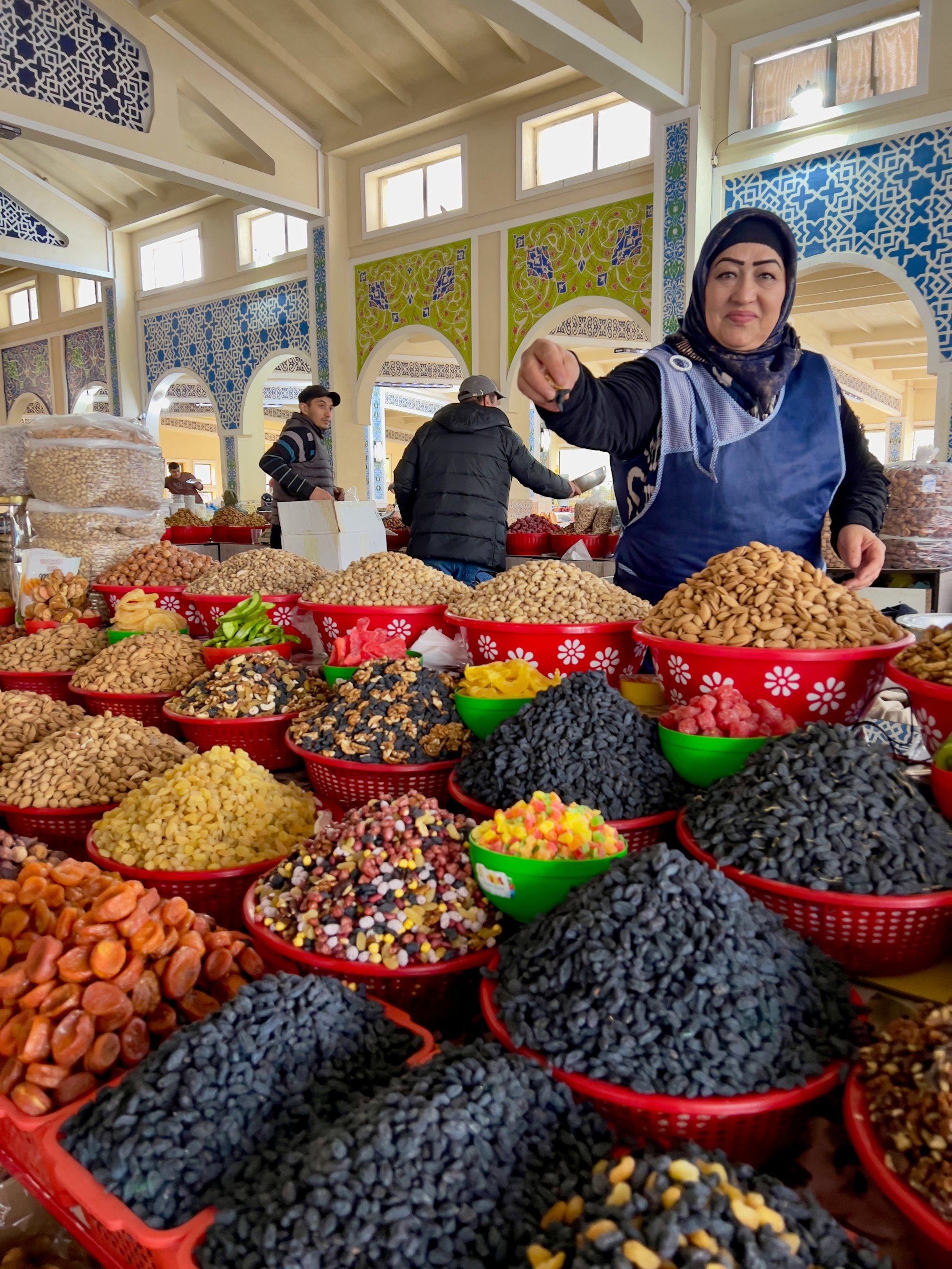
“In the interest of would-be travellers,” he wrote, “they would do wisely to make the journey as soon as they can.”
Curzon felt that the era of The Thousand and One Nights was fast fading. But modern visitors, still to reach Uzbekistan in any great numbers, will all too easily find its echoes.
And without the pitfalls.
He collected the Soviet art Stalin hated, and now the world wants to see it

